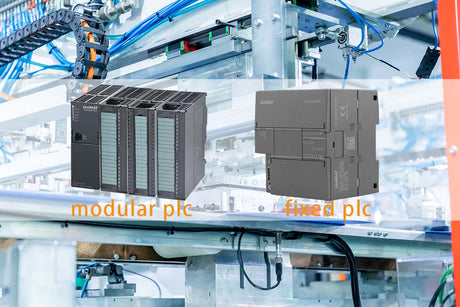- Background
For the sake of the national environment and the improvement of urban infrastructure, it is imperative to transform the old-fashioned heating. Now the central heating system includes three parts: heat source, heat network and heat user. The specific situation is provided by a unified thermal power plant or a thermal power company, and the heat medium (steam or hot water) is transported to the heat exchange station of one or several communities through the heat pipe for heat exchange. Then the heat is sent to the user through the heat pipe inside the cell. Due to the large number of heat exchange stations in the heat network, and each station operates independently, it cannot be regulated as a whole. If the heat source is insufficient, there will also be a "heat contention" situation. It is difficult to ensure the quality of heat supply, and there is a mismatch between heat supply and heat demand. When a fault occurs, the alarm cannot be reported in time, which affects reliable operation, and the data is not comprehensive and cannot be quantitatively managed.
In order to change this backward situation, improve heat transfer performance and energy saving performance. It is necessary to fully automate the upgrade of old equipment.
- Equipment technology
01 Process flow
Heating process. In the primary network, the heat medium flows out from the thermal power plant, and returns to the thermal power plant from the secondary network loop after passing through the heat exchanger. Under the action of the circulation pump, the medium (usually water) heated by the heat exchanger in the secondary network flows to the user, and the radiator installed by the household flows back to the heat exchange station through the return pipe. Because in the secondary network, the water volume has been reduced due to reasons such as user deflation or pipeline leakage. The replenishment pump draws water from the water tank to replenish water to the secondary network at all times. The whole process is as follows:

02 Control points
① Determine the water supply temperature of the secondary side according to the change of outdoor temperature and the heat load curve
② The system compensates the heating temperature by setting the secondary return water temperature
③PID regulates the circulation pump to keep the pressure difference between the secondary supply and return water constant to ensure the heating demand of end users
④Set time-period control as needed. The user can manually adjust the frequency to control the speed.
⑤ Control the water supply pump according to the pipe network pressure for real-time water supply
⑥ Pipe network flow, supply and return water temperature, upload heat company, conduct thermal analysis
3.Configuration


4.IO point table

5.Configuration


- Product advantages
① Using STEP 7-MicroWIN Smart programming, engineers do not need to learn additionally.
② A complete set of Yiwei PLC+HMI+IoT solutions, stable performance, safe and reliable.
③ PID control is stable.
④ HMI's increasingly rich configuration screens provide convenience for customer development.
⑤ Edimensional SMART PLC has high precision, high performance and high cost performance.
7.Summarize
Applying advanced and mature automation technology to the traditional urban centralized heating system to build an advanced urban heating system can increase the energy-saving awareness of heating users, improve the quality of heating, realize efficient management of the heating system, and ensure the safety of heating. And bring huge economic and environmental benefits to the enterprise.

![[Case Study] The application of UniMAT SMART PLC in the heating industry!](http://www.unimatautomation.com/cdn/shop/articles/8.29.png?v=1693301663&width=1600)







